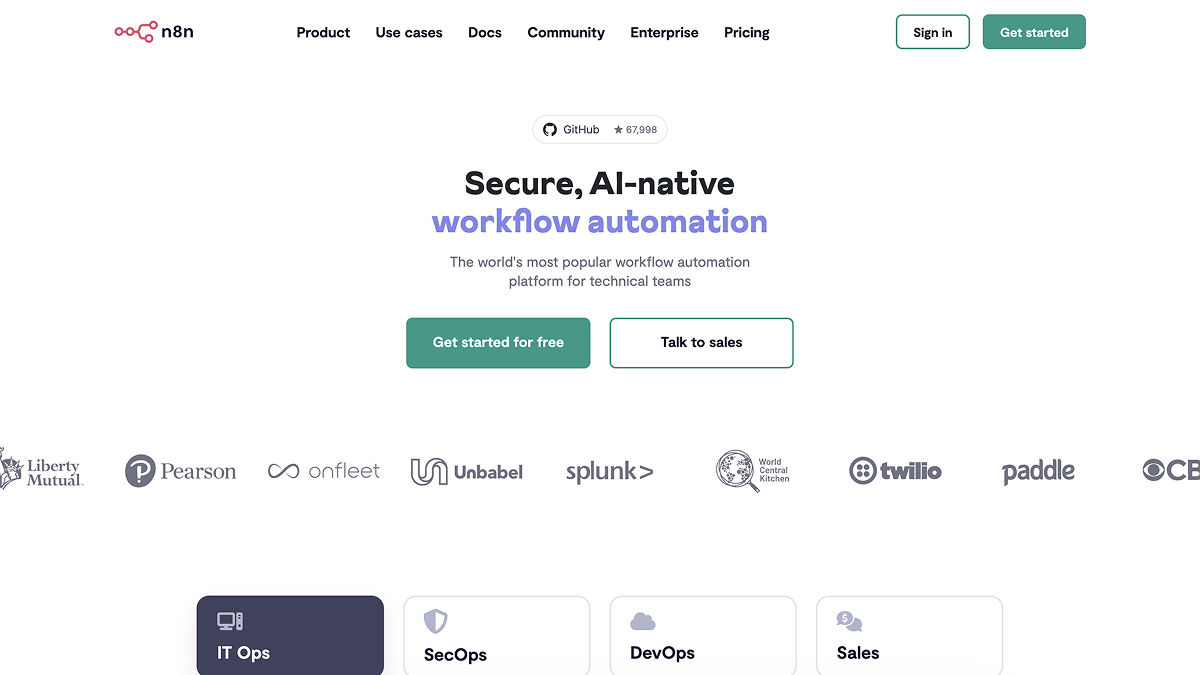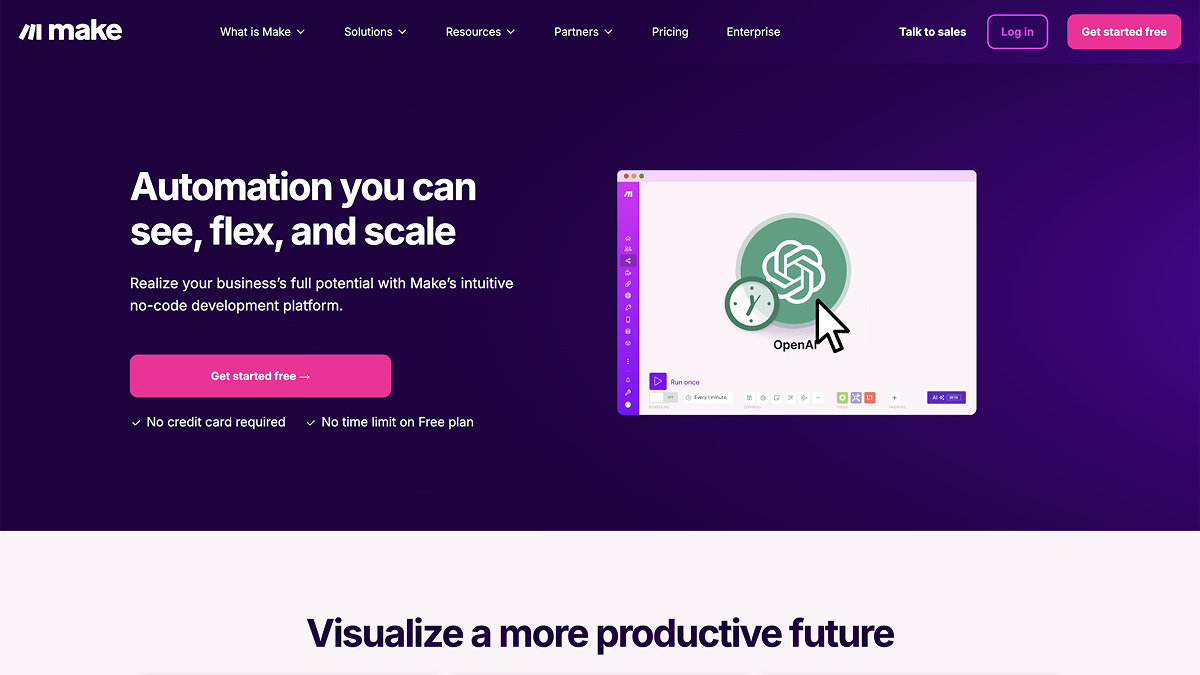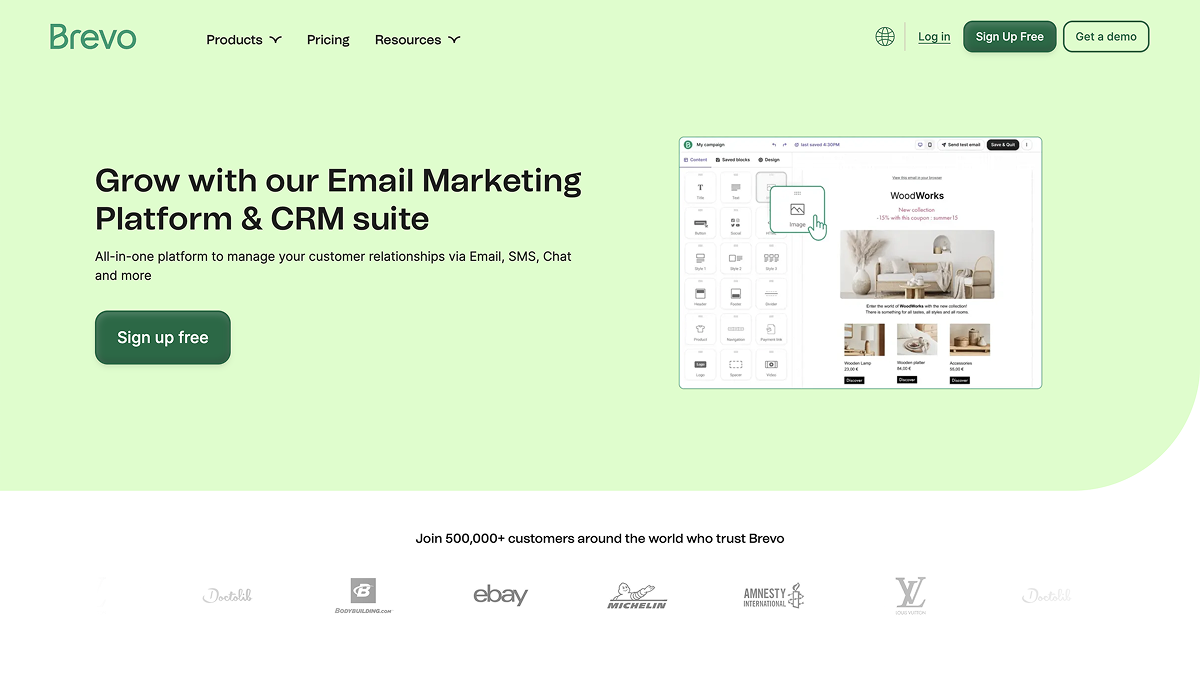What is Marketing Automation and How Does It Work?
Marketing automation refers to the use of software and technology to streamline, automate, and measure marketing tasks and workflows. This process allows businesses to target customers with automated messages across email, social media, and other channels, ensuring that marketing efforts are personalized, timely, and relevant. By utilizing marketing automation tools, companies can segment their audience, schedule campaigns, and track the effectiveness of their marketing strategies. This ultimately leads to improved customer engagement, increased lead generation, and higher conversion rates.
At its core, marketing automation works by integrating various marketing processes into a unified system that captures and analyzes customer data. Through customer relationship management (CRM) systems and analytics tools, businesses can gather insights into customer behavior, preferences, and interactions. This data allows marketers to create tailored campaigns, trigger automated responses based on specific actions (such as website visits or email opens), and nurture leads through the sales funnel. By automating repetitive tasks, marketers can focus on strategic planning and creative initiatives, enhancing overall efficiency and effectiveness in reaching business goals.
What is n8n?
n8n is an open-source workflow automation tool that allows you to connect various applications and services to automate repetitive tasks without the need for extensive coding knowledge. Think of it as a visual programming platform where you can create workflows by dragging and dropping nodes that represent different actions, triggers, and integrations.
With n8n, you can connect over 200 different services, including popular marketing tools, CRMs, databases, and more. It provides a flexible and customizable environment, enabling you to build automation tailored to your specific needs.
How Can n8n Help You Automate Your Marketing?
1. Streamline Lead Generation: Automate the process of capturing leads from various sources such as web forms, social media, or email campaigns. For example, you can set up a workflow that automatically adds new leads from a Google Form to your CRM or email marketing tool.
2. Email Marketing Automation: Integrate n8n with your email marketing platform (like Mailchimp or Sendinblue) to automate the process of sending welcome emails, follow-ups, or newsletters based on user behavior or triggers.
3. Social Media Management: Use n8n to automate social media posting. You can create workflows that schedule posts across multiple platforms, curate content, or respond to mentions and messages without manual intervention.
4. Data Synchronization: Keep your marketing data consistent across different platforms. For example, if you update a contact's information in your CRM, you can automatically sync that change to your email marketing tool or customer support software.
5. Analytics and Reporting: Automate the collection and reporting of marketing data. You can create workflows that pull data from various sources (such as Google Analytics, social media insights, or your email campaign results) and compile them into a report that’s automatically sent to your team.
6. Customer Feedback and Surveys: Set up automated workflows to send surveys to customers after a purchase or interaction. You can then collect and analyze this feedback automatically, helping you improve your marketing strategies.
7. Event Management: Manage registrations and communications for webinars, workshops, or events. With n8n, you can automate confirmation emails, reminders, or follow-up messages after the event.
8. Integrate with E-commerce: For e-commerce marketers, n8n can help automate tasks such as order confirmations, abandoned cart emails, and inventory management by connecting your online store with your email and CRM systems.
Conclusion
By leveraging n8n for marketing automation, you can save time, reduce human error, and enhance the efficiency of your marketing efforts. Its open-source nature means you can customize workflows to fit your unique business needs, ensuring that you have the right tools in place to engage your audience and drive conversions effectively. Whether you’re a small business or a large enterprise, n8n can be a powerful ally in streamlining your marketing processes.
Key Features of Marketing Automation Software
When evaluating marketing automation software, it's essential to consider features that will enhance your marketing efforts and streamline your processes. Here are the 10 main key features to look for:
1. Email Marketing Automation: Look for robust email campaign management, including segmentation, A/B testing, autoresponders, and personalized content delivery based on user behavior.
2. Lead Scoring and Management: Effective lead scoring helps prioritize leads based on their engagement and potential to convert, allowing for targeted follow-ups and improved sales efficiency.
3. Customer Relationship Management (CRM) Integration: Ensure the software can seamlessly integrate with existing CRM systems to provide a unified view of customer interactions and data.
4. Analytics and Reporting: Comprehensive analytics tools that provide insights into campaign performance, ROI, customer behavior, and overall marketing effectiveness are crucial for data-driven decision-making.
5. Multi-Channel Campaign Management: The ability to manage campaigns across various channels—such as social media, email, web, and SMS—ensures a cohesive marketing strategy and broader reach.
6. Landing Page and Form Builders: User-friendly tools for creating optimized landing pages and forms can significantly enhance your lead generation efforts and improve conversion rates.
7. Workflow Automation: Look for customizable workflows that automate repetitive tasks, such as lead nurturing, follow-ups, and campaign triggers, to save time and enhance efficiency.
8. Social Media Management: Features that allow for planning, scheduling, monitoring, and analyzing social media campaigns help maintain a consistent online presence and engage with your audience effectively.
9. Personalization and Targeting Capabilities: Advanced personalization options that tailor content and messaging based on user behavior, demographics, and preferences can significantly increase engagement and conversion rates.
10. Support and Training Resources: Reliable customer support and educational resources (like tutorials, webinars, and community forums) are essential to help you maximize the software's capabilities and resolve any issues that may arise.
When selecting marketing automation software, prioritize these features based on your specific needs and goals to ensure you choose a solution that will truly enhance your marketing efforts.
Best Tools for Marketing Automation
n8n
n8n is an open-source workflow automation tool that allows users to connect various applications and services to automate tasks without extensive programming knowledge. With its visual interface, users can create complex workflows by integrating APIs, webhooks, and over 200 third-party services, including popular platforms like Google Sheets, Slack, Trello, and social media networks. n8n is particularly appealing to businesses and individuals who want to streamline their processes, save time, and enhance productivity.

How n8n Can Help Automate Your Marketing
1. Lead Generation and Management:
Automate the process of capturing leads from different sources (e.g., forms on your website, social media, or email campaigns) and consolidate them into a single database. You can set up workflows to automatically notify your sales team or assign leads to specific team members based on predefined criteria.
2. Email Marketing:
Connect n8n with your email marketing platform (like Mailchimp or SendGrid) to automate email campaigns. You can trigger welcome emails for new subscribers, follow-ups for abandoned carts, or personalized messages based on user behavior, ensuring timely and relevant communication.
3. Social Media Posting:
Schedule and automate social media posts across platforms like Facebook, Twitter, and Instagram. n8n can help you create a content calendar where you can manage your posts, ensuring consistent engagement with your audience without the hassle of manual posting.
4. Reporting and Analytics:
Automate the collection and reporting of your marketing data from various channels. For example, you can set up workflows to pull data from Google Analytics, social media analytics, and email performance metrics into a single dashboard or spreadsheet for easy access and analysis.
5. Customer Relationship Management (CRM):
Integrate n8n with your CRM system to streamline customer interactions. Automate tasks like updating contact information, tracking interactions, or triggering follow-up actions based on customer behavior, which helps maintain strong relationships and improves customer satisfaction.
6. Surveys and Feedback:
Automatically send out surveys or feedback forms after specific interactions, such as after a purchase or service completion. n8n can help you gather valuable insights from your customers, allowing you to refine your marketing strategies based on real feedback.
7. Event Management:
If you host webinars or events, n8n can help automate the registration process, reminders, and follow-ups. Connect it with tools like Zoom, Google Calendar, or Eventbrite to ensure a seamless experience for participants.
8. Data Synchronization:
Automate data synchronization between different tools and platforms. For example, if you update a contact in your email marketing tool, n8n can automatically update the same contact in your CRM, ensuring consistency across platforms.
Make
Make.com, formerly known as Integromat, is a powerful automation platform designed to connect various apps and services, enabling users to automate workflows without needing extensive programming skills. It operates on a visual interface where you can create scenarios—essentially automations that link different applications together to perform tasks automatically.

How Can Make.com Help You Automate Your Marketing?
1. Streamlined Workflows: Automate repetitive tasks across your marketing stack. For instance, you can set up a scenario to automatically add new leads from your website into your CRM (like HubSpot or Salesforce) whenever someone fills out a contact form.
2. Data Synchronization: Keep your marketing tools in sync. If you use multiple platforms for email marketing, social media, and customer relationship management, Make.com can help you ensure that your data is consistent across all platforms. For example, changes in your email list can automatically update your social media advertising audience.
3. Automated Reporting: Generate and send reports without manual input. You can create a scenario that pulls data from your various marketing channels (like Google Analytics, social media insights, etc.) and compiles it into a comprehensive report that is automatically sent to your email at the end of each week or month.
4. Lead Nurturing: Automate your lead nurturing process. Set up workflows that trigger personalized emails based on user behavior, such as sending follow-up emails to leads who have downloaded a resource or visited a specific page on your website.
5. Social Media Management: Schedule and manage your social media posts across various platforms. You can automate the posting of content from your blog to your social media channels, ensuring your audience is consistently engaged without manual effort.
6. Customer Engagement: Enhance customer interactions through automated responses. You can set up chatbots or automated email responses to common inquiries, ensuring that potential customers receive timely answers even when you’re not available.
7. Event Management: If you run webinars or events, Make.com can help automate registrations, confirmations, and follow-ups. For instance, when someone registers for your webinar, you can automatically send them a confirmation email and add them to your email marketing list.
8. Integration with Other Tools: Make.com supports a vast array of integrations, allowing you to connect tools like Mailchimp, Slack, Google Sheets, Shopify, and many more. This flexibility means you can tailor your automation to fit your specific marketing ecosystem.
9. Enhanced Analytics: By automating data collection and reporting processes, you can gain deeper insights into your marketing performance. This allows you to make data-driven decisions more efficiently.
10. Cost and Time Efficiency: By reducing the time spent on manual tasks, you can focus more on strategy and creative aspects of your marketing campaigns. This not only saves you time but can also lower operational costs associated with marketing efforts.
In summary, Make.com serves as a versatile tool that can significantly enhance your marketing automation capabilities. By integrating different applications and streamlining processes, it allows marketers to focus on strategy and creativity while ensuring that routine tasks are handled efficiently and accurately. Whether you're looking to improve lead management, streamline reporting, or enhance customer engagement, Make.com can be an invaluable asset in your marketing toolkit.
Brevo
Brevo, formerly known as Sendinblue, is a comprehensive marketing automation platform designed to help businesses streamline their marketing efforts and enhance engagement with their audience. It offers a variety of features that can be particularly beneficial for small to medium-sized businesses looking to automate their marketing processes. Here’s how Brevo can help you automate your marketing.

Email Marketing Automation
Brevo allows you to create, send, and manage email campaigns effortlessly. You can set up automated workflows that send personalized emails based on user behavior, such as welcome emails, birthday greetings, or follow-ups after a purchase. This ensures timely communication and enhances customer engagement.
SMS Marketing
In addition to email, Brevo supports SMS marketing, enabling you to reach customers directly on their mobile devices. You can automate SMS campaigns to notify customers about promotions, reminders, or important updates, enhancing your overall marketing reach.
Lead Scoring and Segmentation
Brevo helps you identify and segment your leads based on their interactions with your brand. By automating the process of lead scoring, you can prioritize high-value leads and tailor your marketing messages to specific segments, increasing the likelihood of conversion.
Customer Relationship Management (CRM)
Brevo includes CRM features that allow you to manage your contacts effectively. You can automate tasks such as tracking customer interactions, managing sales pipelines, and organizing customer data, which streamlines your marketing efforts and enhances customer relationships.
Landing Page and Form Creation
Brevo provides tools to create landing pages and forms without any coding knowledge. You can automate the collection of leads through forms and integrate them with your email marketing campaigns, ensuring a seamless flow from lead generation to nurturing.
Analytics and Reporting
With Brevo’s analytics tools, you can monitor the performance of your campaigns in real-time. You can automate the generation of reports that provide insights into open rates, click-through rates, and conversions, helping you make data-driven decisions to optimize your marketing strategies.
Multi-channel Campaigns
You can design and automate campaigns that utilize multiple channels—email, SMS, social media, and more—ensuring that your marketing message reaches your audience wherever they are.


